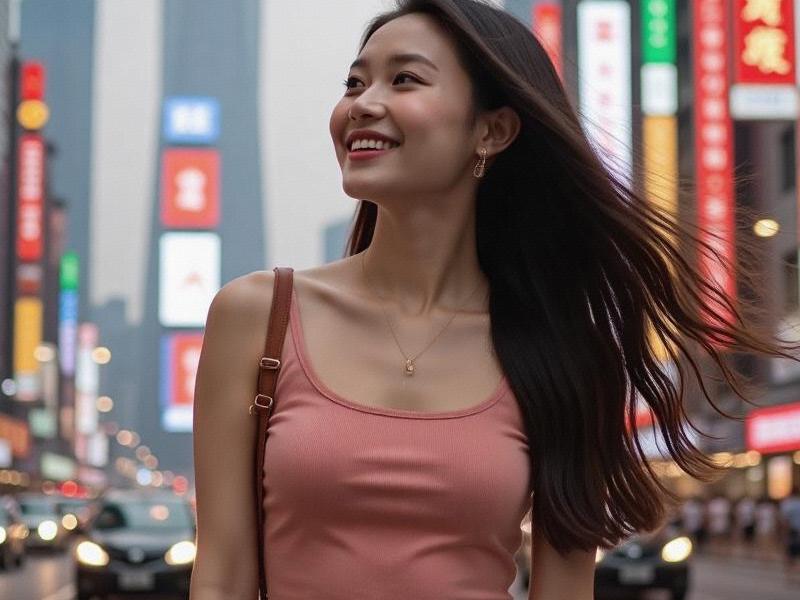This 2,200-word cultural analysis explores how Shanghai women are redefining Chinese beauty standards through the intersection of global influences and local traditions, examining the sociological and economic forces shaping contemporary urban femininity.

Section 1: Historical Foundations
The legacy of Shanghai's feminine ideals:
- 1920s: Qipao-clad "modern girls" of the Jazz Age
- 1950s: Maoist unisex aesthetics
- 1980s: Post-reform fashion awakening
- 2000s: Globalization's impact
- 2020s: Hybrid identity formation
Section 2: The Professional Paradox
Career women balancing competing expectations:
- 68% of Shanghai women aged 25-40 employed full-time
- Education levels: 42% hold university degrees
- Average marriage age: 30.2 years
上海龙凤419手机 - Workplace fashion as power dressing
- The "double shift" phenomenon
Section 3: Beauty Economy
Shanghai's $8.9 billion beauty market:
- Skincare over makeup preference (65% vs 35%)
- Rise of medical aesthetics clinics
- Local brands gaining prestige
- Sustainable beauty movement
- Male grooming market growth
Section 4: Fashion as Identity
上海贵族宝贝自荐419 Distinctive Shanghai style markers:
- "East meets West" fusion dressing
- Seasonless layering techniques
- Luxury democratization
- Vintage revival trends
- Tech-infused wearable fashion
Section 5: Digital Self-Presentation
Social media's transformative effect:
- Xiaohongshu (Little Red Book) influence
- Livestream commerce participation
- Filter culture and authenticity debates
- Micro-celebrity economy
上海品茶工作室 - Digital detox trends
Cultural anthropologist Dr. Li Wen comments: "Shanghai women have mastered the art of cultural code-switching - they can effortlessly navigate between traditional Chinese values and global cosmopolitanism. Their beauty practices aren't about conformity, but about curating a personalized identity toolkit."
Section 6: Future Directions
Emerging trends:
- Body positivity movement
- Gender-neutral fashion adoption
- Smart beauty technology
- Cultural heritage revival
- Wellness-oriented lifestyles
Conclusion:
The Shanghai woman today represents a dynamic synthesis of cultural influences - neither wholly Westernized nor traditionally Chinese, but creating a new paradigm of urban femininity that reflects the city's unique position as China's global crossroads.